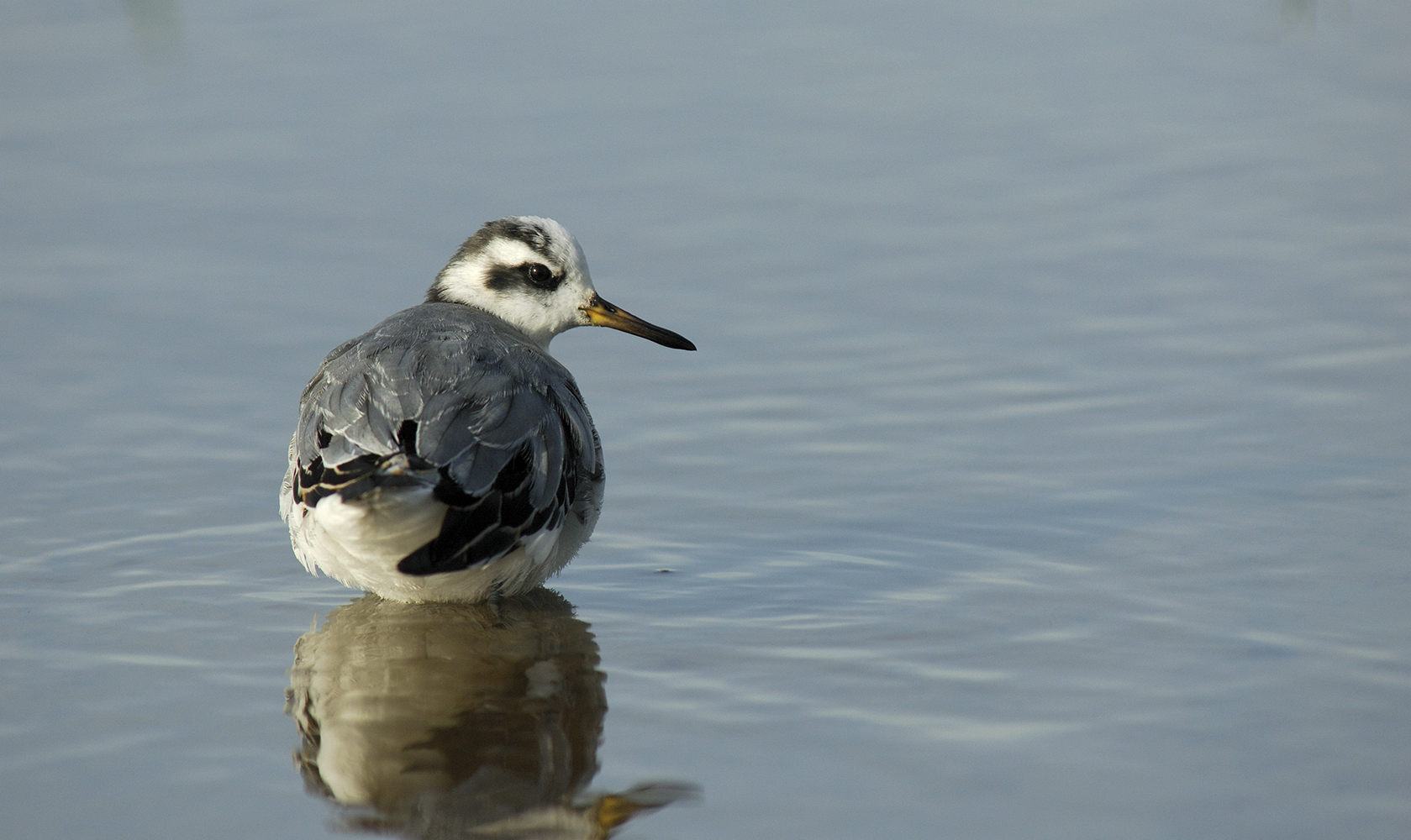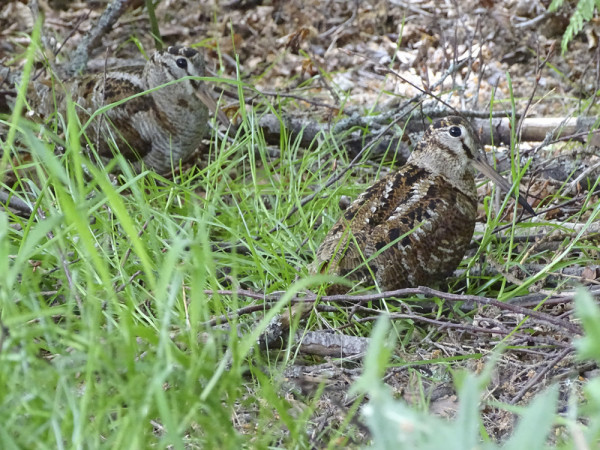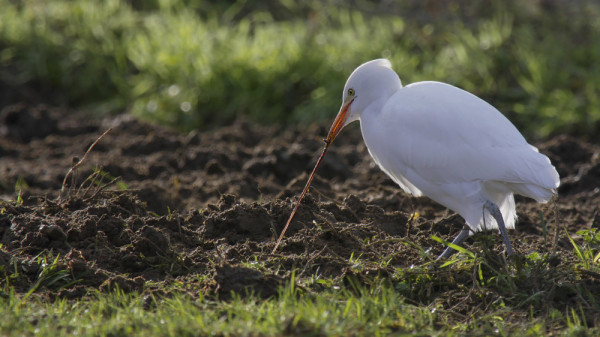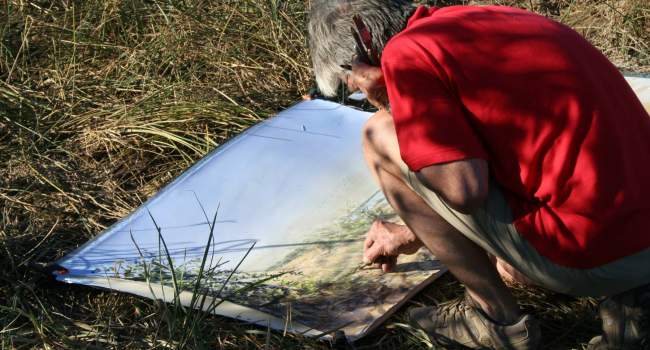
Migration blog – November
As we enter the first few days of November, the pace of migration over the last week has slowed significantly with no real large movements of birds noted. This will be partly due to the time of year, but also to unfavourable weather conditions.
One species that is often seen in large numbers at this time of year is Woodpigeon, and this last week has seen several sites reporting four-figure counts as birds pass overhead. The exact origin of the birds seen migrating in large flocks is not fully understood. Some evidence points to them being birds arriving from Europe, whilst other evidence suggests they are UK birds moving around. Whatever their origin, it is still an amazing spectacle. Great Northern Divers were also reported slightly above the BirdTrack historical average; most were birds seen migrating offshore, presumably to traditional wintering areas. It's worth checking inland reservoirs at this time of year as they are not opposed to flying over land.
Reports of Common Crossbill dropped, indicating that, certainly in the short term, the influx seen a few weeks ago is beginning to tail off. It is still worth checking any coniferous woodland for flocks; their clipping call and dropping pine cones are a good way to locate them. Yellow-browed Warbler reports also fell away as birds left their coastal spots. Some will have moved inland to maybe even spend the winter here, with sewage works being a favoured haunt, whilst others will have continued further south. Some birds are recorded as far south as the Canary Islands each winter.
Wildfowl still arrived but in much lower numbers. No real large numbers of Bewick’s Swan or European White-fronted Geese have been reported so far; most likely they are still in Europe waiting for better conditions before migrating to Britain and Ireland. A small increase in Pink-footed Geese reports suggest they are still arriving or moving around in good numbers. Let's see if any colder weather results in more birds arriving.

Species focus - Woodcock
Woodcock is an enigmatic bird: a wader but not a wader. Undoubtedly, Woodcock is a wader, related to the family of snipes, but it spends all of its time frequenting the woodland floor and during winter nights out in fields probing for earthworms. Woodcock is also a migrant, leaving northern Europe to spend the winter months further south. The timing and numbers of Woodcock arriving in Britain and Ireland is not an exact science, in that it is dependent on the arrival of colder weather on the continent and suitable weather for a crossing of the North Sea.
Invariably, Woodcock arrivals are seen on the east coast but birds quickly filter south and west and reach as far as the Isles of Scilly, where numbers overwintering can be quite impressive in some winters – cold weather on the mainland can result in an arrival of Woodcock in search of the damp and relatively mild conditions that the islands have to offer. So, Woodcock can move at any time during the winter months in response to snowfall and freezing conditions, undertaking so-called cold weather movements in search of areas where they can still feed in the leaf-litter and probe for earthworms. in 2018 the 'Beast of the East' saw a significant jump in the BirdTrack reporting rate of Woodcock in early March as the cold weather and deep snow forced many birds into urban environments.
Migrating Woodcock often seem to get ‘lost’ and can turn up in odd places. Here at the BTO we frequently receive calls from members of the public that have found a strange bird sheltering in the gutter of a busy road, even in central London – these invariably turn out to be Woodcock. They will also shelter in gardens when they are on migration or undertaking a cold weather movement.
The British breeding population is in trouble, down by 76% during the last 25 years and it is thought that around 60,000 pairs breed in the UK.
This time of the year is last throw of the dice time when it comes to autumn migrants, but with some light easterly winds forecast over the coming week there could still yet be a surprise or two.
Looking ahead
Although we are past the peak of autumn migration, we have only seen the start of winter migration for some species. This time of the year is last throw of the dice time when it comes to autumn migrants, but with some light easterly winds forecast over the coming week there could still yet be a surprise or two. At this time of year typical late autumn migrants include Siberian Chiffchaff, which occur here in small numbers each autumn/winter, Woodpigeon, Red-necked Grebe, Little Auk and Pomarine Skua, the latter two of which can occur during northerly winds. Some scarcer species that typically arrive at this time of year include Desert Wheatear, Hume’s Warbler, and Pallid Swift and November does have a habit of throwing up a mega rarity.
Whilst most wintering species have arrived in good numbers, some are still yet to arrive in the kinds of numbers we would normally expect. Both European White-fronted Goose and Bewick’s Swan have typically arrived in higher numbers by now but as yet are still lagging behind. This could be due to a few weeks of unfavourable wind directions, with westerlies dominating the weather, and hence slowing the eastward tract of these two species. Any light winds or run of easterlies in the next couple of weeks could see the floodgates open. Within these flocks of geese it is worth looking for Tundra Bean Geese that start to arrive mid-month. This dark-necked Goose looks similar to its Pink-footed cousin, but the bill markings and legs are orange in colour. With only a handful of Waxwings so far this autumn it seems unlikely to be a good winter for this species, but again, unfavourable weather could still be holding them in Scandinavia. A combination of very cold weather and north-easterly winds we could yet see more birds arrive; a species that is sure to delight many.

Any clear sunny days with light winds can still produce some good visible migration. Small groups of finches such as Siskin, Lesser Redpoll, Brambling and the occasional Hawfinch are still moving around to find the best available food sources for the coming months. As they strip out one food source, they can erupt and move around to find the next bit of suitable habitat. It is worth learning all their calls as this is often the best way of identifying them as they fly overhead. Inland reservoirs are also worth looking at; this time of year can see rarer grebes such as Black-necked and Slavonian, and both Great Northern and Black-throated Divers can also turn up on inland waters during November, some staying well into the winter months. Gulls like Kittiwake are a prized addition to many an inland patch watcher and this is the time of year to search those flocks of Black-headed and Common Gulls for one of these marine specalists.
Cattle Egret is becoming an increasing breeding species across many southern counties of Britain. Winter flocks can form of local breeders, non-breeders and birds arriving here for the winter. Some counties can even see triple figure counts going to roost and now is a good time of year to find them amougst herds of cattle. Like both Little Egret and Great White Egret, it is great to see this characterful species increasing in number across the UK.







Share this page